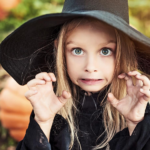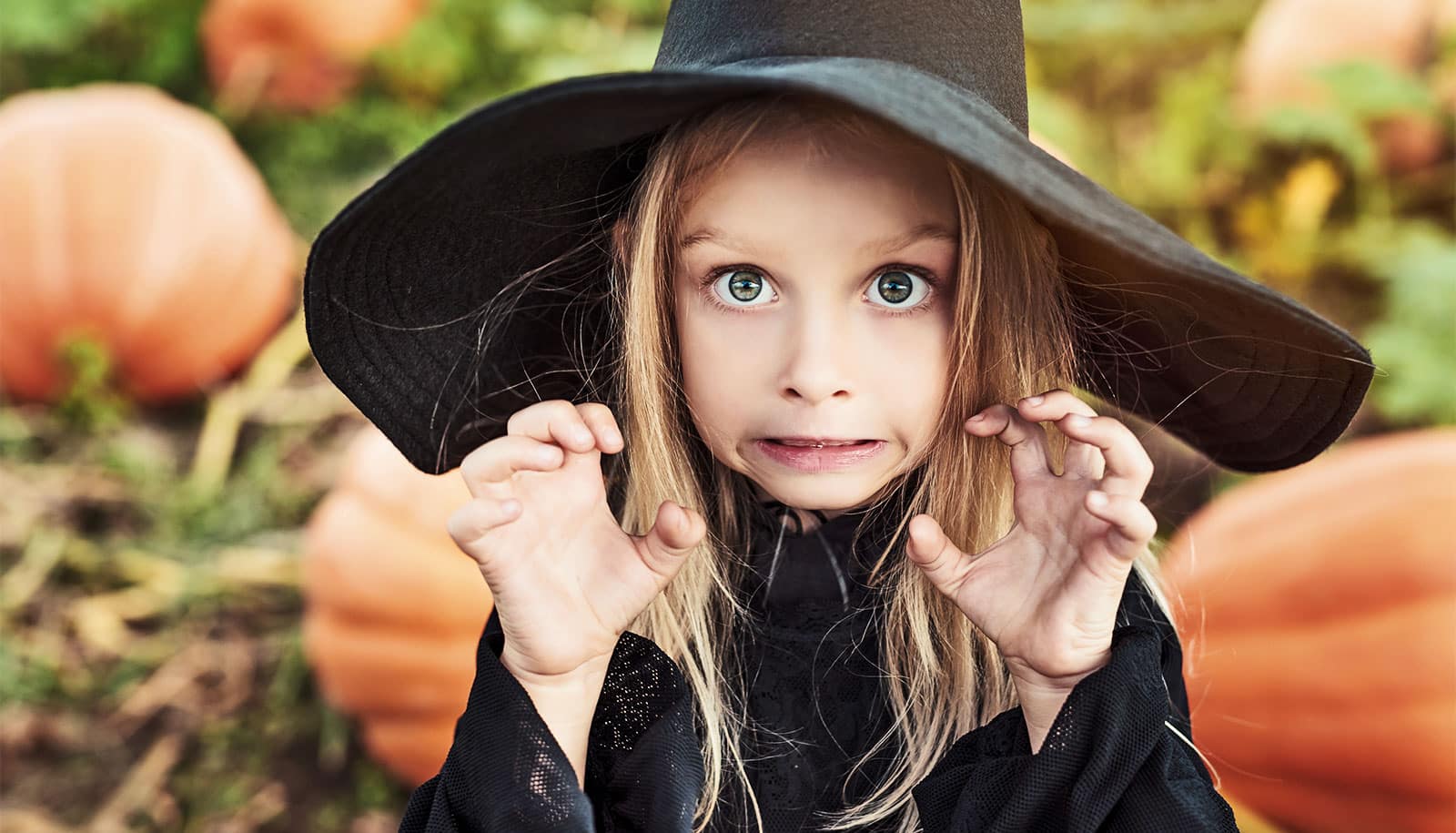By the late 19th century, you see pop culture portrayals like Halloween postcards and advertisements where witches are beautiful, sexy women. Over time, the definition of a witch becomes just a woman with magical powers.
In 1900, L. Frank Baum publishes the book The Wonderful Wizard of Oz, which has two good witches: Glinda and the Good Witch of the North. He is the first to introduce on a major scale good witches, witches who are heroines, in a story.
L. Frank Baum has this interesting connection to the women’s movement. His mother-in-law is Matilda Joslyn Gage, an important first-wave feminist and abolitionist. In her book Women, Church and State in the early 1890s, she’s the first person to articulate the idea that the witch trials were a way for the state to strip women of their rights. A couple of years later, L. Frank Baum wrote his book. One can’t help but wonder if Baum was inspired by Gage’s writing.
That idea of the good witch explodes and transforms in popular culture as the century goes on. You have Bewitched in the ’60s and ’70s, where witches are not only beautiful, but they’re America’s sweetheart, literally the girl next door.
Witches also become important figures in religious movements in the ’60s and ’70s, Wicca and neo-paganism, and in the women’s movement. In the ’90s, witches are coming-of-age figures in a lot of stories, like Harry Potter, Sabrina the Teenage Witch, and Buffy the Vampire Slayer.
Author Profile
- "Center" Bias Rating
- Futurity is a nonprofit website that aggregates news articles about scientific research conducted at prominent universities in the United States, the United Kingdom, Canada, Europe, Asia, and Australia. It is hosted and edited by the University of Rochester.
Latest entries
 ScienceOctober 24, 2024Masculinity concerns can keep men from forgiving coworkers
ScienceOctober 24, 2024Masculinity concerns can keep men from forgiving coworkers ScienceOctober 24, 2024How witches went from Salem to mainstream
ScienceOctober 24, 2024How witches went from Salem to mainstream ScienceOctober 24, 2024How to cope with election stress and anxiety
ScienceOctober 24, 2024How to cope with election stress and anxiety ScienceOctober 24, 2024Brain difference tied to autism found in living people for 1st time
ScienceOctober 24, 2024Brain difference tied to autism found in living people for 1st time

